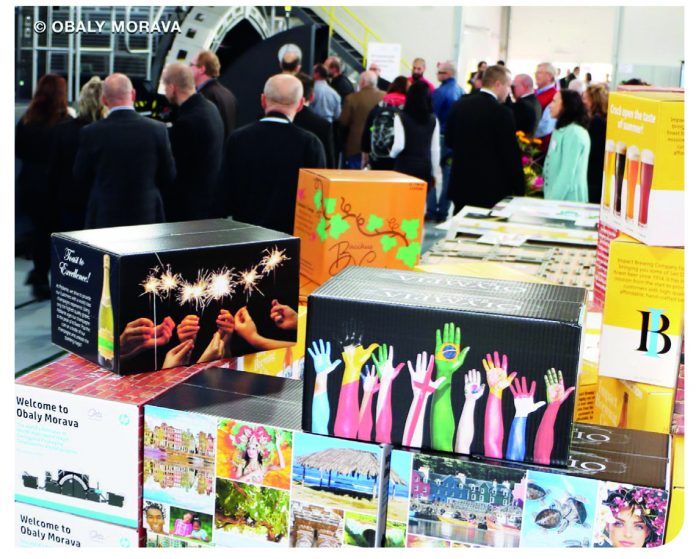
Whereas digital printing has succeeded in establishing its value in the traditional areas of the print media industry, adoption has been a bit slower in the packaging industry with the exception of the label printing market, which began adopting digital print technologies relatively early. This is due to multiple factors: there were no relevant digital systems available; the requirements of the packaging industry are completely different from those in the traditional printing industry; and the players in the slightly conservative packaging industry have taken a little more time to adopt a digital future than their commercial printing counterparts. But the tide is beginning to turn. A growing numbers of producers and customers are recognizing the benefits of digital packaging print and implementing the technology. Without a doubt, one of the ‘breakthrough moments’ was the now legendary Coca-Cola Share-a-Coke campaign. Just a few months following Coke’s innovative approach to placing names on coke cans, for example, Ferrero followed suit with variable Nutella labels. The market is growing According to the latest forecasts, the volume of the…
Choose your subscription to read more
Trial
- ₹ 0 for 4 weeks*
PSA Plan 1
- ₹1,500.00 for 1 year*
PSA Plan 2
- ₹2000 for Year*
PSA Plan 3
- ₹3,600.00 for 2 year*







